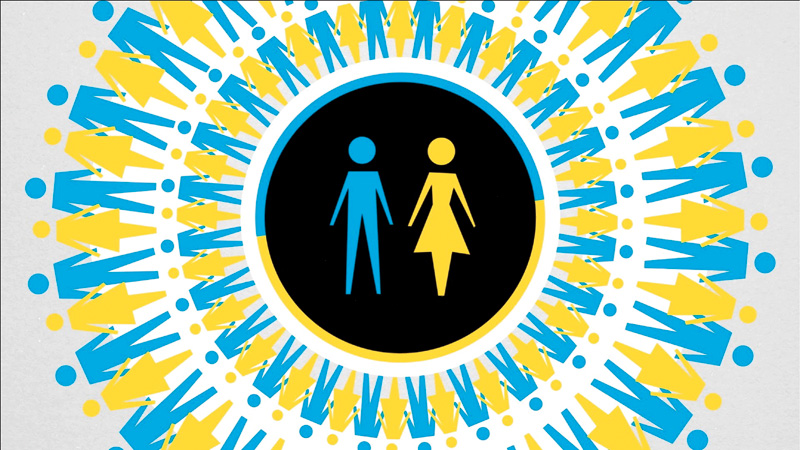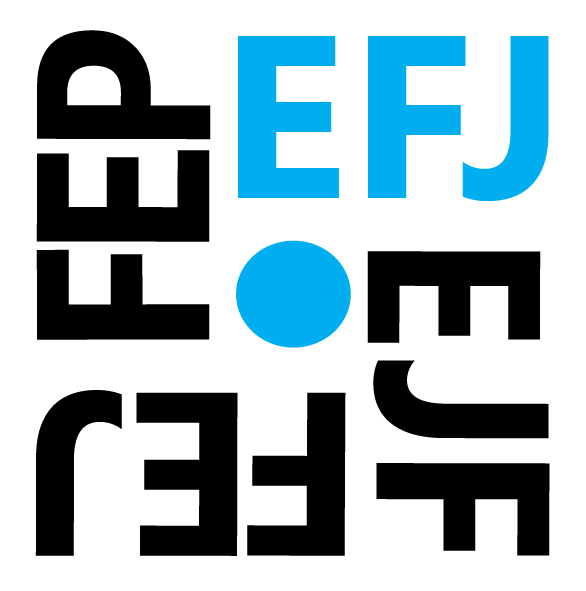PODGORICA, 17.10.2018. – Gender sensitivity of media is examined through several parameters, first through the use of a gender-sensitive language, which is the only grammatically correct form of expression, and makes to ridiculous all arguments to disprove its use. Gender sensitive language is also a legal obligation in Montenegro.
Secondly, the gender sensitivity of media also must be analyzed in relation to the share of women’s appearances in the media (politics, society, culture, sport, etc.), in a dual role: a woman as a subject, person who gives opinion, attitude, expertise, but also as an object, or how much media coverage is focused on women’s issues, simplified – how much media deal with half of Montenegrin population. The third segment of the gender sensitivity of media is degree of gender stereotypes reproduction. And the last parameter, but not the least important, is the position of women in media.
Radio Television Montenegro is the first public broadcasting service[1] in region that adopted the obligation to use gender-sensitive language in this media company through the form of Council’s conclusion (December 2009). Today (October 2018) this media house fulfills this obligation as much as other electronic media in Montenegro – sporadic and inconsistent. So, in the same appendix, for the same women, you will find in one sentence using gender correct and incorrect language. Radio Montenegro and programs of the most listened commercial radio- broadcasters, as well as print media in Montenegro, predominantly use the gender insensitive language, and thus (also) they promote illiteracy or grammatical incompetence. Should I remind that their programs, occasionally at least, also have been listen by children?
Without exception, the Montenegrin media give only one-fifth of space to women, and in policy area even less than ten percent.[2]
This low representation of women in field of politics and e.g. sports makes women completely invisible in social areas, especially on places where power and money are. It is not aware of media intention, first of all it is insufficient level of general education/ literacy, insufficient sensitivity for others and otherwise, and with the fact of decrease of journalists number and the ever-fastest daily information and events trail, it leads to a phenomenon that we can call the media blockade of women and their appearance in Montenegrin media. It is also necessary to look at completely lack of journalists’ motivation for education that can improve their professionalism.
Analysis of Montenegrin media shows a significant reproduction of gender stereotypes, whether it is a rare story about women who successfully deal with traditional female occupations, so the usual question is how to combine the private and business segments of life, sometimes a recipe for what special meal is required. The presence of gender stereotypes in media is particularly present in advertisements, especially if we analyze the treatment of female body in them. And this parameter of gender sensitivity shows that Montenegrin media strongly pushes women to margins of all social events.
Analyzes and research of media, media programs and editions in Montenegro are so rare. There are also a few non-governmental organizations dealing with these issues, Women Action, Nova and Anima, and there are few people who can rightly be called media experts. However, these rare studies and publications clearly show that there are more women journalists in Montenegrin media (about 60%), this disparity is particularly pronounced in state-owned media (71% of women) compared to privately owned media. The research presented in publication “The Social Position of Journalism Profession in Montenegro” (OSCE, 2014) shows that questions on treatment of journalists by employers, editors, the public, trade unions, professional associations, … are dominated answers that they have equal treatment in relation to sex.But, important indicator of position of women and men in media must be their share in positions where decisions are made, e.g. the share of women among editors, editor-in-chiefs and directors / owners. There is no research, nor statistics. Even a superficial analysis shows that in field of media, women are in a pronounced minority in positions where media policies are adopted.
Therefore, Montenegrin media by reproducing gender stereotypes, both in editorial offices and in their programs, sporadically use gender-sensitive language, give to the widest public an image of an invisible woman, burdened with expectations of her environment to primarily deal with house and family, while reporting on cases of domestic violence is considered the least professional and objective. But, bearing in mind the strength and influence of media, their creation and shaping of public attitudes, the setting of demands and determination of social norms, then it is completely clear how huge is space, but also the need for working with media to increase their gender sensitivity. All in order to raise professional standards of Montenegrin media and to spread the objectivity of media content.
Slavica Striković
Expert for Gender Equality
Member of National Public Broadcasting Service (RTCG) Council, 2009-2014
Ombudswoman of TV Vijesti Information Program, May 2017 – May 2018
[1]This media company has not achieved all features of the public broadcasting service, it can be said that its transition to a true public service has slowed down, perhaps even stopped- remark by the text author
[2]From Study “Gender mirror of media in Montenegro” (2016), by author DuškaPejović
 This article has been produced as a part of the project Western Balkan’s Regional Platform for advocating media freedom and journalists’ safety with the financial assistance of the European Union. The contents of this article are the sole responsibility of the Independent Journalists’ Association of Serbia and its authors, and can in no circumstances be regarded as reflecting the position of the European Union.
This article has been produced as a part of the project Western Balkan’s Regional Platform for advocating media freedom and journalists’ safety with the financial assistance of the European Union. The contents of this article are the sole responsibility of the Independent Journalists’ Association of Serbia and its authors, and can in no circumstances be regarded as reflecting the position of the European Union.








